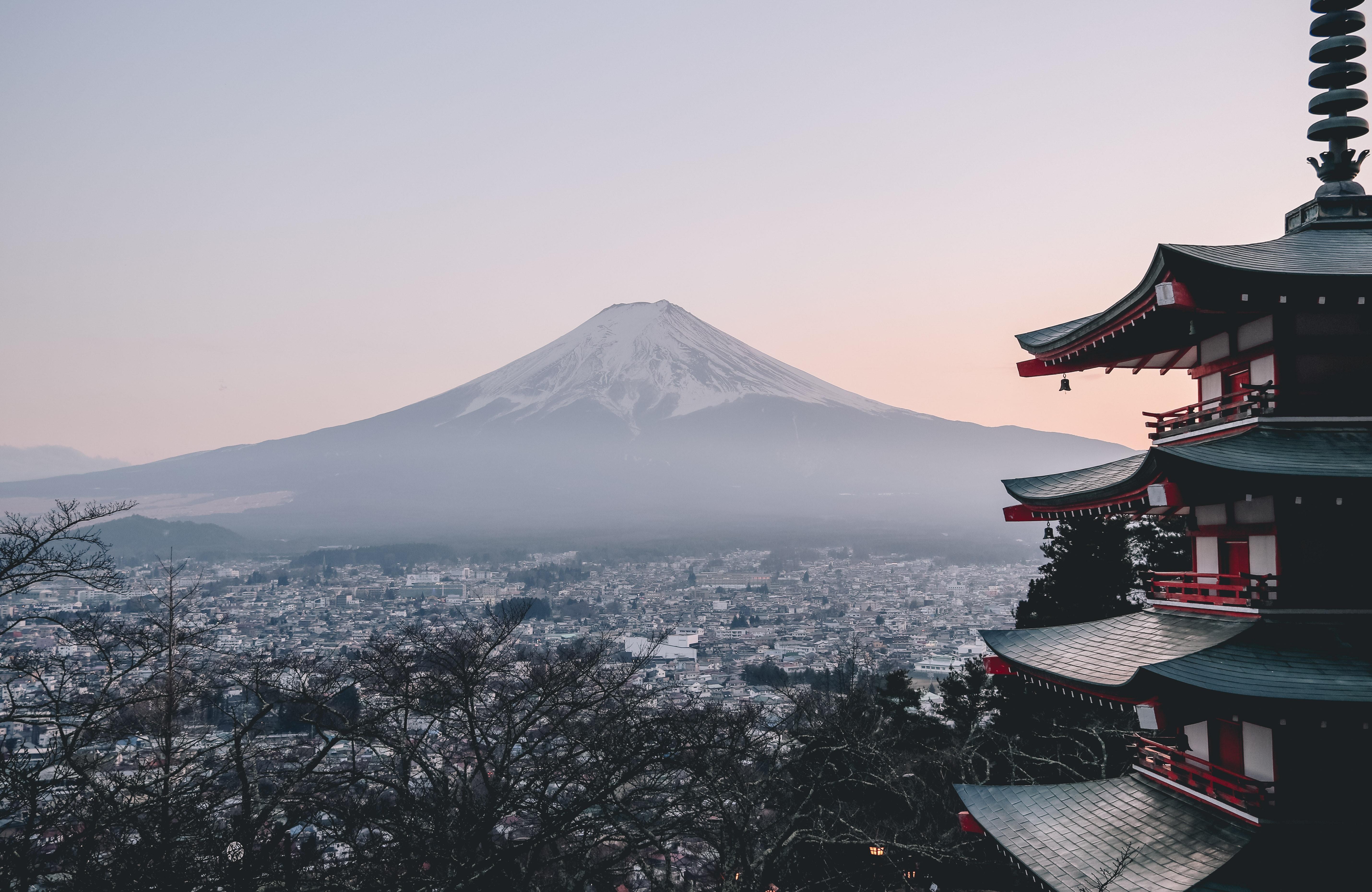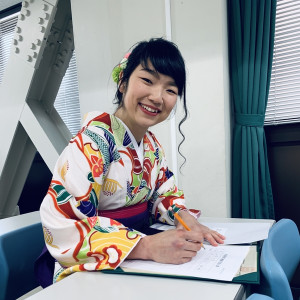📌 Must-See Cities in Japan
- Tokyo – Spring (March to May)
- Kyoto – Fall (October to November)
- Osaka – Spring (March to May)
- Sapporo – Winter (December to February)
- Fukuoka – Spring (March to May)
- Nagoya – Spring (March to May)
- Hiroshima – Fall (October to November)
- Sendai – Summer (July to August)
- Niigata – Winter (December to February)
- Shizuoka – Spring (March to May)
Japan is home to some of the most vibrant, historic, and visually stunning cities in the world. Whether you’re planning your first trip or a return adventure, exploring Japanese cities offers something for everyone - neon-lit nightlife, ancient temples, street food stalls, snowy slopes, or subtropical beaches. Therefore, the global interest in Japanese culture cannot be refuted.
To help you plan the perfect trip, we’ve curated a list of the top Japanese cities to visit, from bustling metropolises to hidden gems.
Japan has about 790 cities across its 47 prefectures, from giant metropolises to hidden gems.

Tokyo
As the capital and largest city in Japan, Tokyo sits at the top of any list of top Japanese cities to visit. With a population of approximately 13.8 million in the city proper and over 38 million in the Greater Tokyo Area (including Yokohama and Kawasaki), it’s a heavyweight when it comes to Japan cities by population.
| City🏙️ | Estimated Population📍 |
|---|---|
| Tokyo | 13.8 million (38M incl. Greater Tokyo) |
| Yokohama | 3.7 million |
| Osaka | 2.7 million |
| Nagoya | 2.3 million |
| Sapporo | 1.9 million |
| Fukuoka | 1.6 million |
| Kawasaki | 1.5 million |
| Kyoto | 1.4 million |
| Hiroshima | 1.2 million |
| Sendai | 1.06 million |
| Shizuoka | ~990,000 |
| Niigata | ~800,000 |
*These are rounded estimates based on recent national and municipal data.
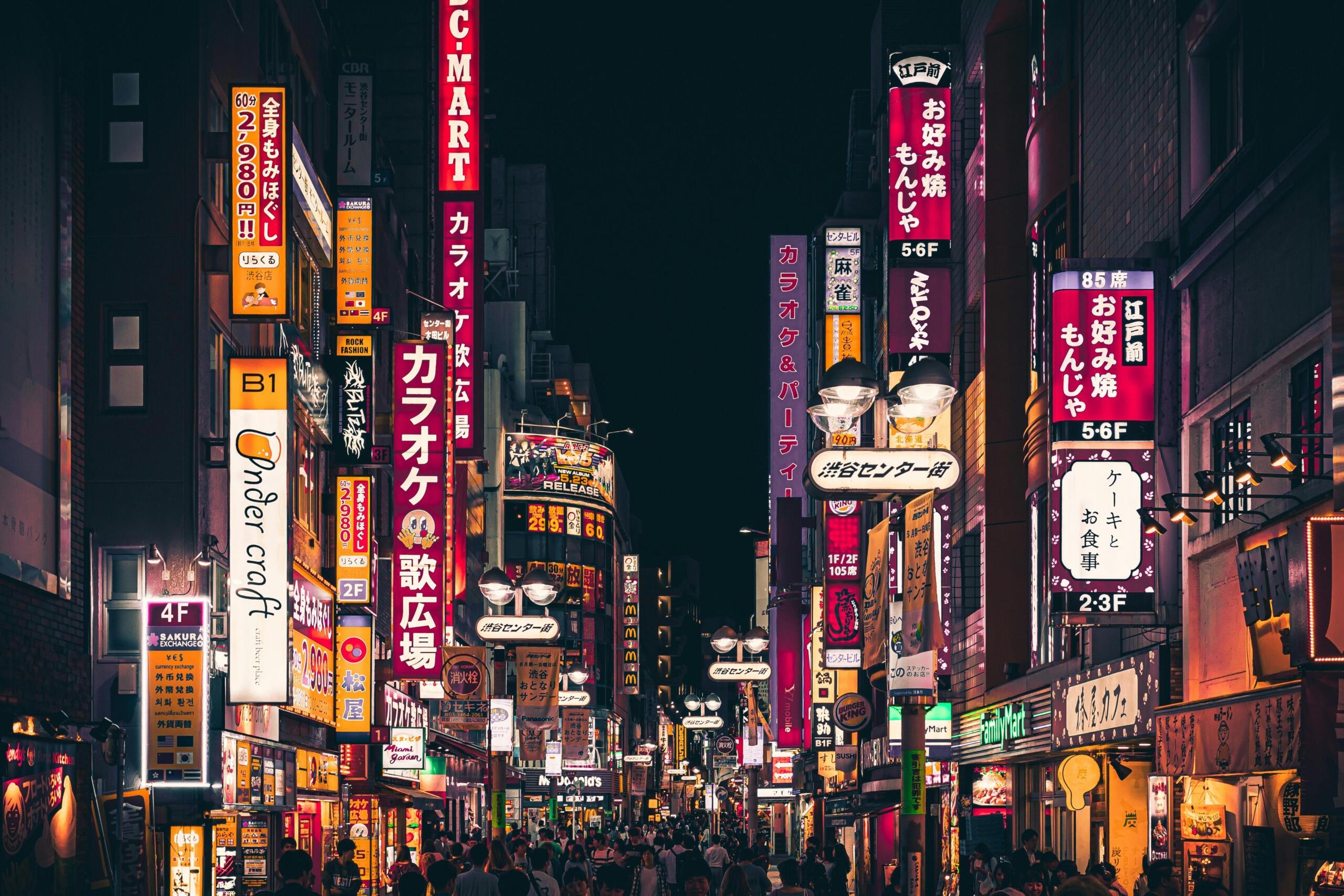
When you plan how long to stay in Japan and where to go, you need to make sure Tokyo occupies at least 3 days of your itinerary. It’s simply too iconic and too full of contrasts to rush through. From ancient temples to futuristic tech, Tokyo offers a travel experience unlike any other.
Beyond the numbers, Tokyo delivers an unforgettable mix of culture, chaos, and calm. It’s a place where you can sip matcha in a centuries-old teahouse before getting swept into a Shibuya crosswalk or exploring a high-tech arcade. And no visit is complete without diving into the local food scene; from street snacks to Michelin-starred meals, Tokyo is heaven for food lovers.
🍣 Don’t miss these food experiences in Tokyo:
- Edomae sushi at a standing sushi bar
- Shoyu ramen in a tiny alleyway shop
- Sweet potato ice cream or matcha parfaits
- Fresh yakitori in a smoky izakaya
- Anything with red bean paste
Kyoto
As Japan’s ancient imperial capital, Kyoto offers a completely different pace and atmosphere compared to Tokyo. With a population of around 1.45 million, it may be smaller in size, but it’s a city in Japan overflowing with cultural depth and historical charm. Kyoto was the seat of power for over 1,000 years, and today some locals joke that the emperor only moved the capital to Tokyo because he didn’t like Kyoto.
In truth, the relocation in 1868 marked the start of the Meiji Restoration, a symbolic shift aligning the imperial court with Japan’s modernization efforts.
Kyoto is part of the Keihanshin metropolitan area, which includes nearby Osaka and Kobe, together forming Japan’s second-largest urban zone with nearly 20 million residents. Despite that, Kyoto feels peaceful and introspective: a city of temples, wooden houses, moss gardens, and quiet riverbanks. And it's often described as the most beautiful city in Japan, thanks to its timeless architecture, historic temples, and peaceful gardens that transport you to another era.
In 1994, UNESCO designated 17 Kyoto sites - including temples, shrines, and castles - as World Heritage Sites.
While the emperor at the time of the capital shift may not have liked Kyoto, it’s hard to imagine why, as this former imperial city has so much to offer.
You can bike along the peaceful Kamo River, wander beneath the thousands of red torii gates at Fushimi Inari Taisha, or spend a fun afternoon at the Samurai & Ninja Museum, where you even get to throw ninja stars!🥷
Kyoto is also the perfect base for a half-day trip to Nara, where friendly deer roam freely and ancient temples like Tōdai-ji leave a lasting impression.
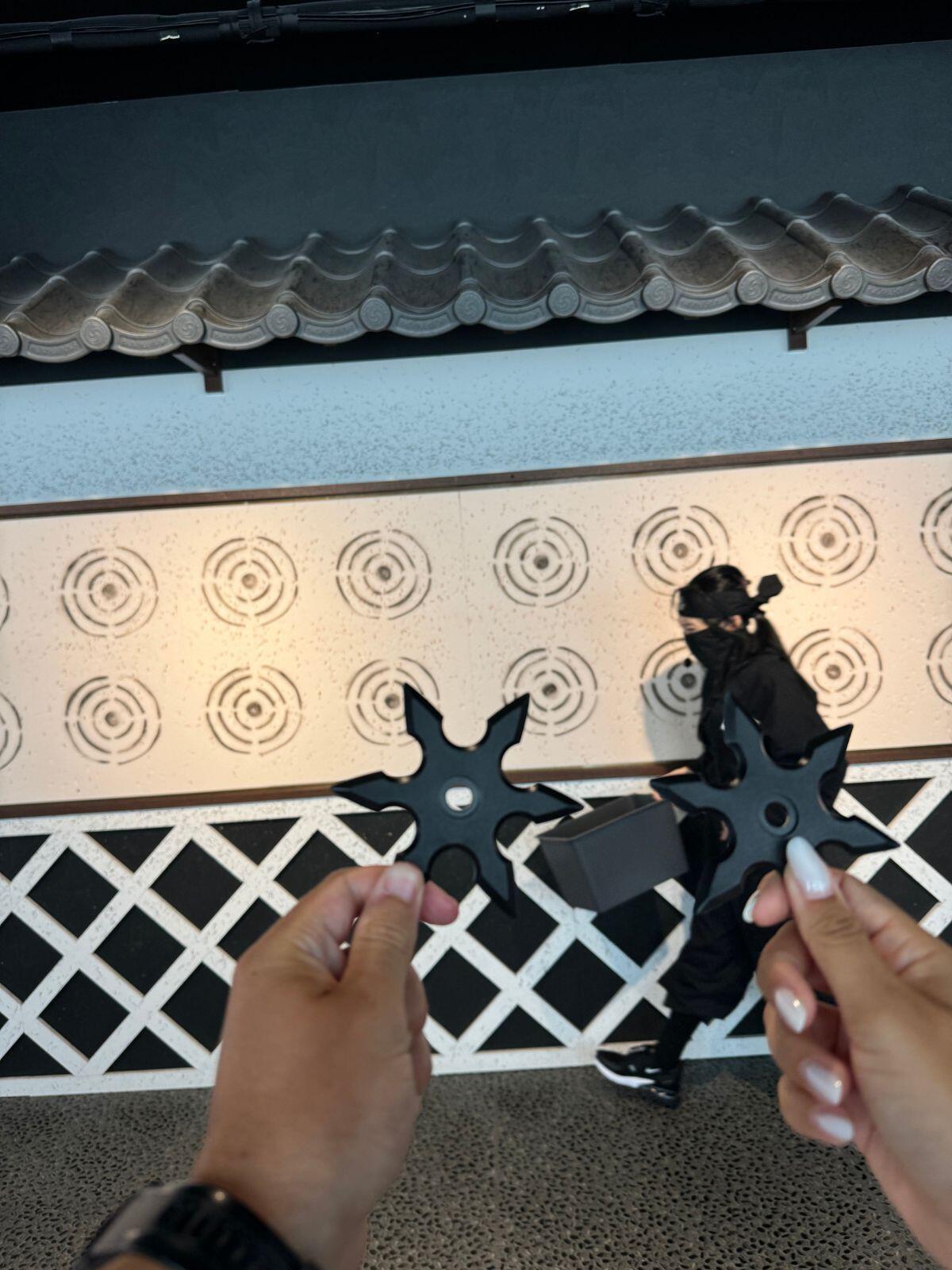
And when you need a break, cool off with shaved ice or grab a beautifully crafted sandwich from Taku Sando, a local favorite for good vibes and even better food.
Osaka
If you’re looking for the best city to visit in Japan for food and fun, Osaka is a strong contender. Sushi, ramen, or soba anyone? Known as the "kitchen of Japan," this city is packed with sizzling street food, neon nightlife, and a slightly cheeky, more laid-back personality than Tokyo or Kyoto.
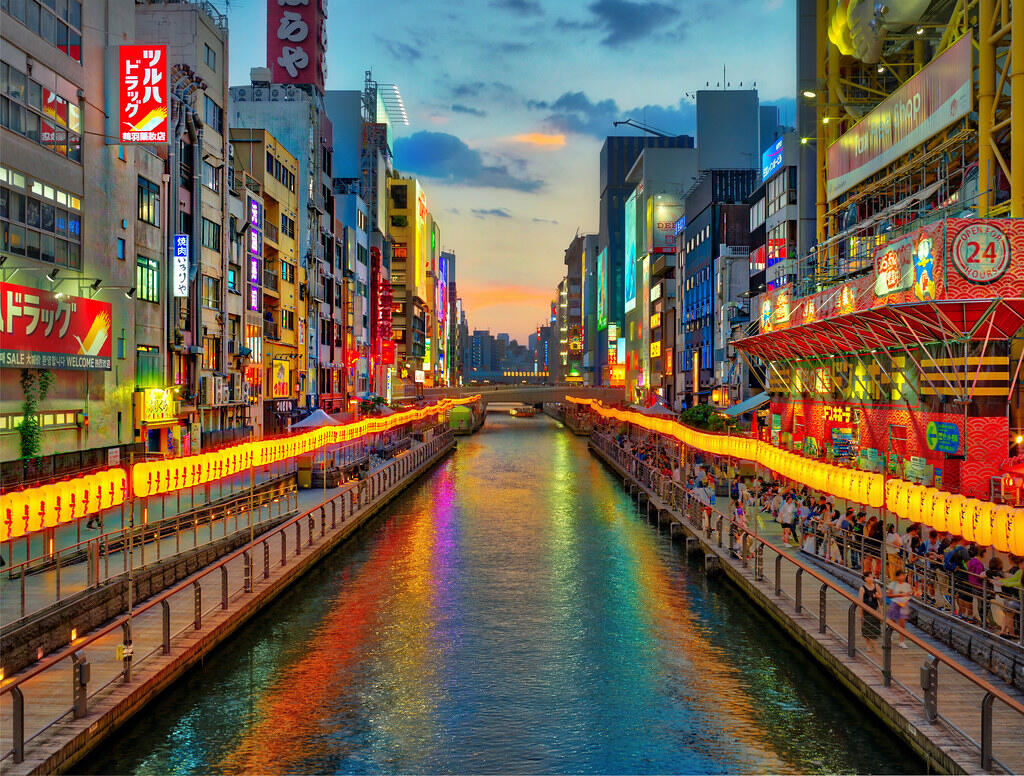
Osaka is also a must for thrill-seekers and pop culture lovers. Ever dreamed of dressing up as Mario and racing through city streets? The sunset Mario Kart experience in Osaka is unforgettable, zooming past skyscrapers while locals cheer you on is a once-in-a-lifetime kind of fun.
Just make sure you’ve sorted your international driver’s license and visa requirements before hopping behind the wheel; you’ll need both to join the ride!
As one of the top Japanese cities by population, Osaka combines modern urban vibes with deep historical roots. Explore Osaka Castle, shop ‘til you drop in Dotonbori, and don’t leave without trying takoyaki (octopus balls), okonomiyaki (savory pancakes), and kushikatsu (fried skewers).
Sapporo
Located on the northern island of Hokkaido, Sapporo is one of the most unique Japan cities to visit, known for its crisp air, world-class skiing, and iconic Sapporo Snow Festival that draws visitors from around the globe.
With nearly 2 million residents, it’s the fifth-largest city in Japan and offers a very different vibe from the big cities of Honshu.
Winters in Sapporo average around -4°C in January and February, making it a dream destination for snow lovers.
Summers, on the other hand, stay refreshingly mild at around 20°C, giving you the perfect escape from Japan’s southern heat.
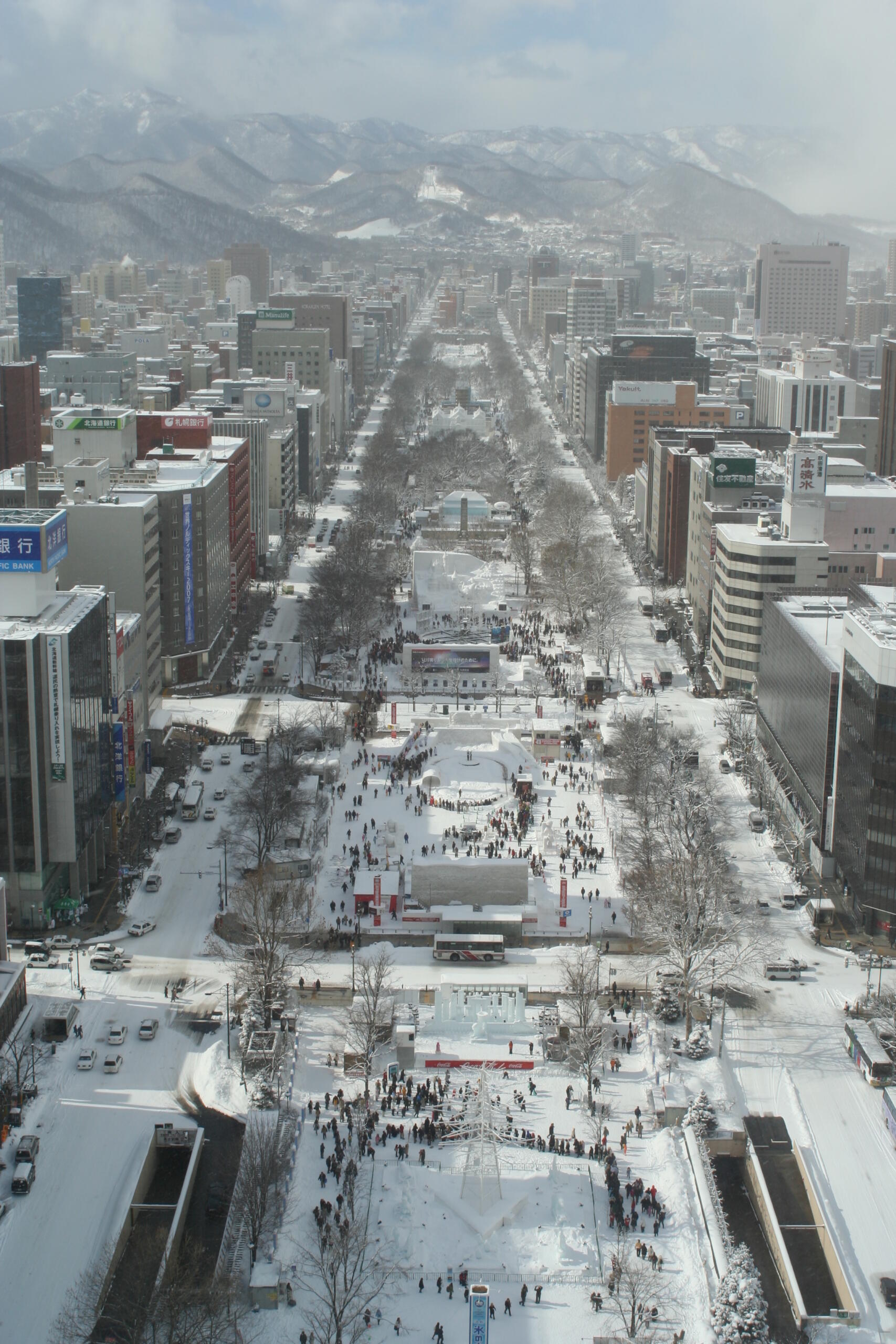
Whether you’re sipping on locally brewed beer, hitting the slopes, or strolling through snow sculptures, Sapporo offers a distinct northern charm. Many travellers even find the locals in Hokkaido to be among the friendliest in Japan.
🌸 As the temperatures vary drastically across Japan’s regions, it’s worth considering the best time of year to visit, especially if Sapporo is on your must-see list.

Fukuoka
Fukuoka is one of the most exciting Japanese cities to visit, especially if you’re heading to the southern island of Kyushu. With around 1.5 million people, it forms part of the Fukuoka-Kitakyushu metropolis, one of the major Japan cities outside of Honshu.
Often praised by the press as one of the most dynamic and livable cities in the world, Fukuoka creates a perfect mix of coastal charm with urban energy. It’s also home to Hakata-ben, a local dialect that adds a unique linguistic flavour to your visit.
Hakata was the original name of the area before it merged with Fukuoka city.
Nearby Kitakyushu, known for its Manga Museum and quirky attractions, adds even more reasons to explore this region.
Additionally, Fukuoka is one of the fastest-growing cities in Japan and a startup hub! With its vibrant tech scene, relaxed coastal vibe, and international airport, many expats see this as the best city to visit in Japan.
This also makes for a perfect reason to take Japanese lessons if you are considering moving here for a longer period of time!
Nagoya
Nagoya may not always top tourist bucket lists, but it’s one of the most important Japanese cities, both historically and industrially. Located in central Honshu between Kyoto and Tokyo, Nagoya has over 2.3 million residents in the city proper and nearly 10 million in the greater metropolitan area, making it a significant entry on any list of Japan cities by population.
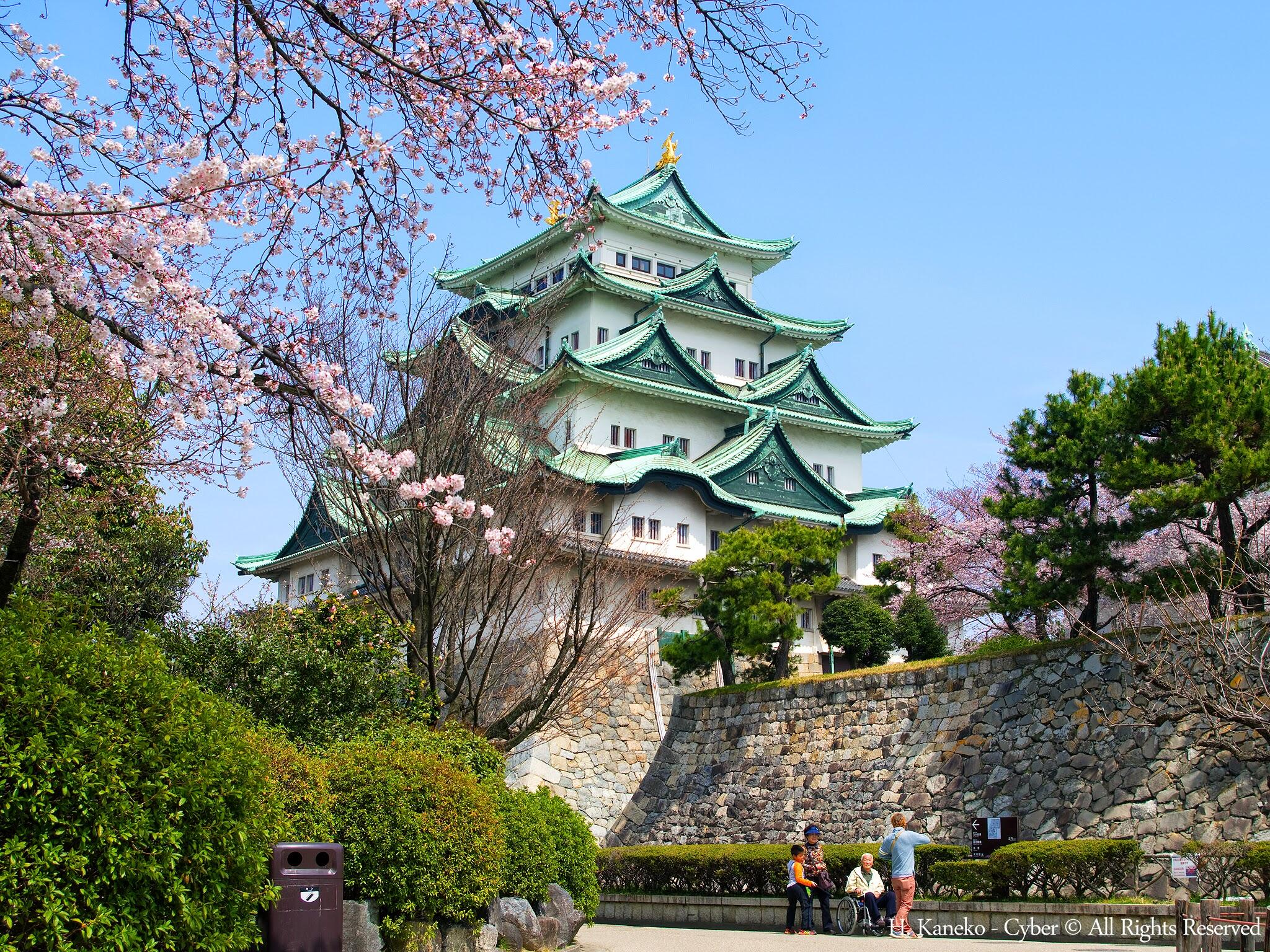
This city in Japan is the heart of the Chubu region, known for its bustling port, vibrant automotive industry (hello, Toyota!), and one of Japan’s most beloved springtime attractions: cherry blossoms.
If you’re planning to travel between March and April, Nagoya’s parks like Tsuruma Park or Yamazaki River transform into breathtaking landscapes of soft pink and white petals.
While Nagoya isn’t as flashy as Tokyo or Kyoto, it offers a more local, authentic vibe. It’s a great place to explore Japan’s industrial past, visit famous castles, and try local dishes like miso katsu or grilled eel over rice.
👉 Whether you’re visiting for a day or staying a little longer, here are some of the top things to do in Nagoya:
A beautifully reconstructed castle with golden shachihoko (tiger-fish) ornaments.
Learn how Japan’s industrial giant got its start.
One of Japan’s most sacred Shinto shrines, dating back over 1,900 years
A quirky area full of fashion, food stalls, anime shops, and vintage finds
Especially at Yamazaki River or Tsuruma Park in springtime
Hiroshima
While Hiroshima is a city in Japan that many associate with one of the most tragic events in world history, the atomic bombing of August 6, 1945, it is also a city with so much more to offer. The moment of the bombing changed the world forever, taking the lives of an estimated 100,000–230,000 people.
Today, Hiroshima is not just a symbol of loss but a powerful city of peace, resilience, and hope. With over 1.2 million residents, Hiroshima is now one of the most vibrant Japan cities.
It’s a port hub, an economic centre, and a cultural destination that invites travellers to experience its strength and spirit firsthand.
Walking through the Peace Memorial Park and Museum is both sobering and essential. Many visitors dedicate an entire day just to honouring this part of the past. The beautiful Japanese monument is a reminder to everyone who visits that this may never happen again.
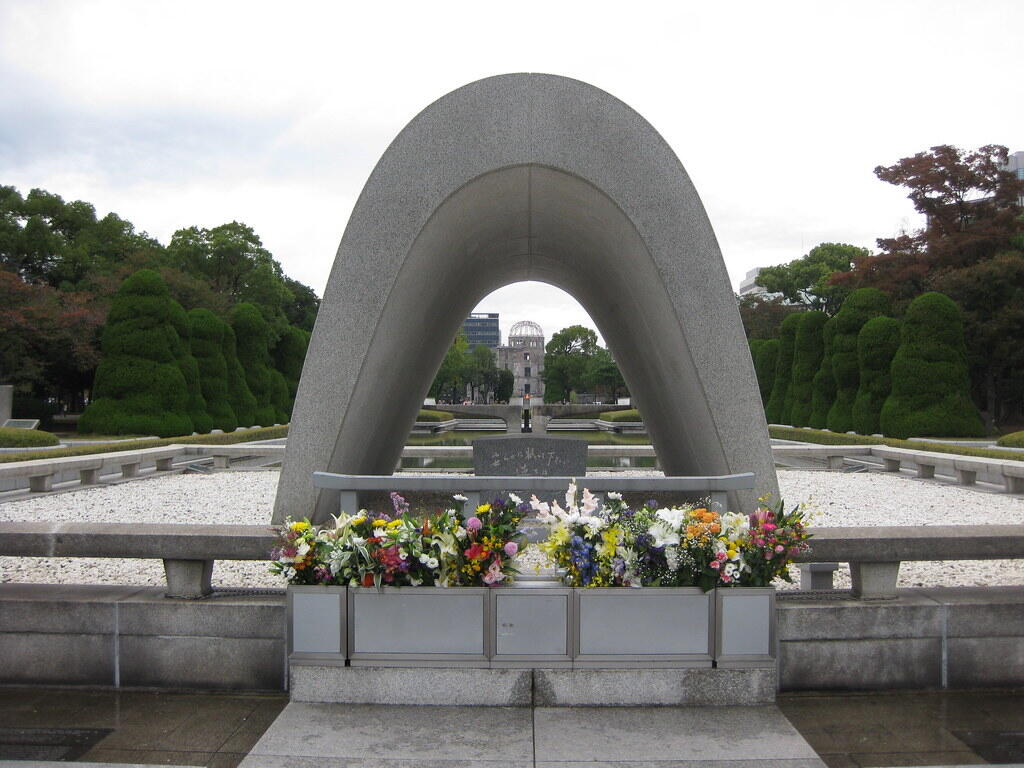
But Hiroshima also surprises visitors with warmth, hospitality, and culinary flair. It’s famous for its locally grown lemons, used in everything from desserts to skincare, and it’s a brilliant spot to take a Japanese cooking class. In fact, some local families even welcome visitors into their homes to teach traditional recipes and offer a deeper cultural connection.
And just a short ferry ride away, Miyajima Island offers a peaceful escape and one of Japan’s most iconic sights: the red torii gate of Itsukushima Shrine, which appears to float during high tide.
If you go, try to return before the evening, as the island quiets down after 5 p.m., or stay the night to experience true peace.
Sendai
Located in northern Honshu, Sendai is the largest city in the Tohoku region and ranks as the eighth most populous city in Japan. Known for its tree-lined streets and vibrant culture, it’s one of the most underrated yet rewarding Japanese cities to visit.
Unfortunately, Sendai is infamous for being hit by a magnitude 9.0 earthquake on March 11, 2011, that triggered a destructive tsunami. It was the most violent earthquake that Japan has ever seen and one of the deadliest on record, making it a natural disaster that was difficult to overcome.
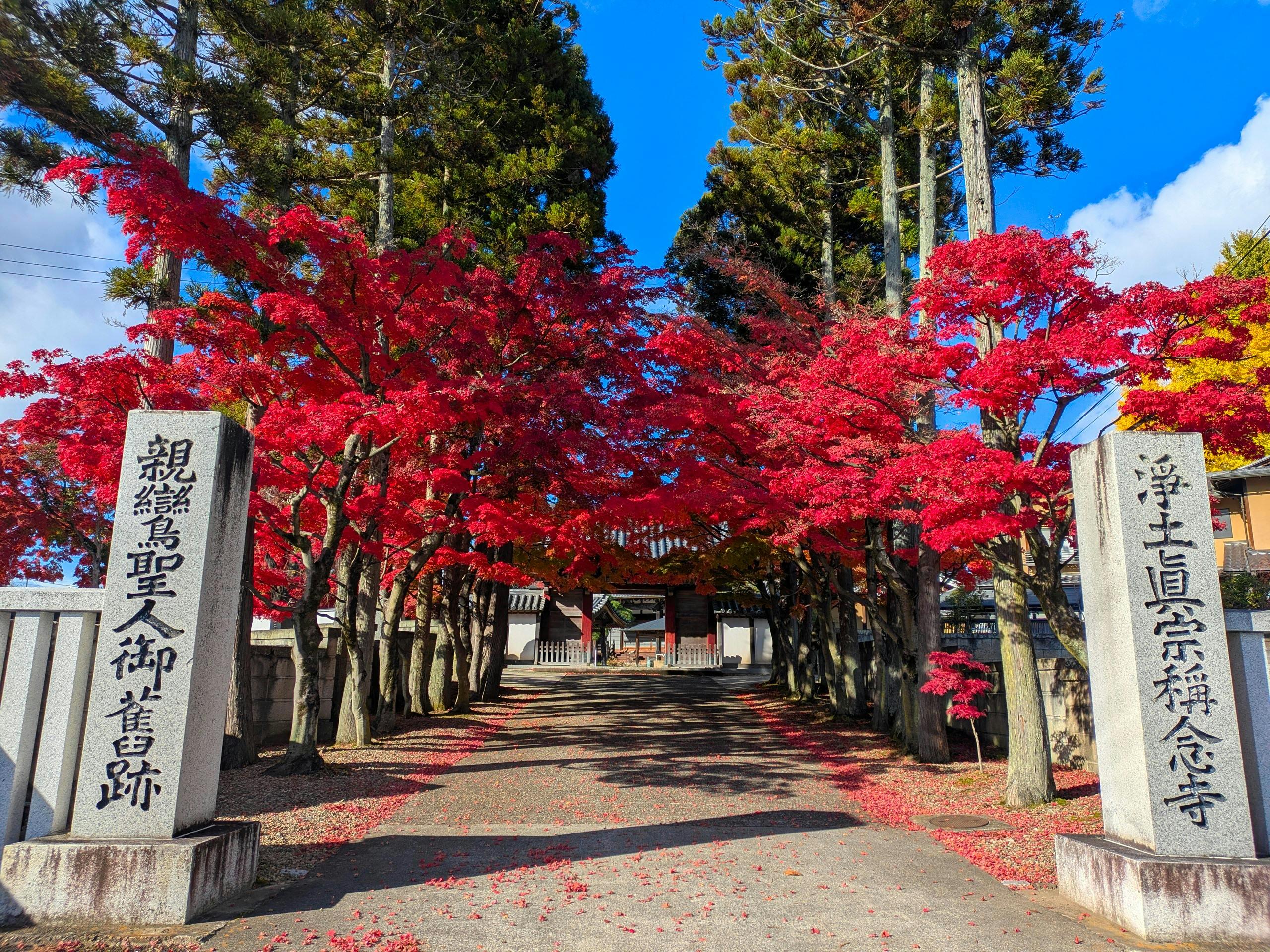
Today, Sendai is a vibrant, green city often nicknamed the "City of Trees." It’s known for its wide, tree-lined avenues and beautiful seasonal festivals. The Tanabata Festival in August is especially famous, featuring elaborate paper decorations and cultural performances throughout the city.
Sendai is also a gateway to nearby attractions like Matsushima Bay, one of Japan’s "Three Views," with its scenic pine-covered islets.
And if you’re a foodie, don’t miss gyutan (grilled beef tongue) - Sendai’s most iconic local dish!
📌 Here are the top things to do in Sendai
Niigata
Located along the Sea of Japan and north of Tokyo, Niigata is one of the top 15 most populous Japanese cities, with over 800,000 residents. Known for its beautiful coastal views, snowy winters, and proximity to rice fields and hot springs, Niigata offers a more relaxed and local experience compared to the bigger cities.
Top reasons to visit Niigata:
- 🍶 Taste some of Japan’s best sake, made with locally grown rice and fresh snowmelt water
- 🚅 Take a scenic train ride along the Sea of Japan coastline
- ❄️ Enjoy winter sports or soak in hot springs in nearby mountainous areas
- 🐟 Feast on ultra-fresh seafood at coastal markets
- 🌸 Visit in spring to see cherry blossoms along the Shinano River
The city is also home to Niigata University, a respected institution in fields like law, medicine, science, and agriculture, drawing students from across the country. Whether you’re into outdoor adventures, regional cuisine, or university life, Niigata is a city in Japan worth exploring.
Shizuoka
Tucked between Tokyo and Nagoya, Shizuoka is a scenic coastal city with a metro population of nearly 1 million. What sets this city in Japan apart is its incredible views of Mount Fuji, easy access to beaches, and relaxing hot springs in the surrounding mountains, making it a go-to weekend escape from the big city life.
The name "Shizuoka" translates to "quiet hill," and the city lives up to that peaceful charm despite being located in a seismically active zone.
The Japanese writer, Yasunari Kawabata, liked to stay in Shizuoka to write.
Whether you’re sipping green tea or soaking in an onsen, Shizuoka offers a peaceful glimpse into the heart of Nihon, blending nature, history, and everyday life.
And if you’re budgeting your trip, you’ll want to understand the expenses. Planning how much a trip to the land of the rising sun will cost you is an essential read.
Whether you’ve been there or just dream of going, which of these incredible cities tops your list?
👇 Cast your vote and see which city comes out on top!
Which Japanese City Do You Think Is the Best to Visit?

